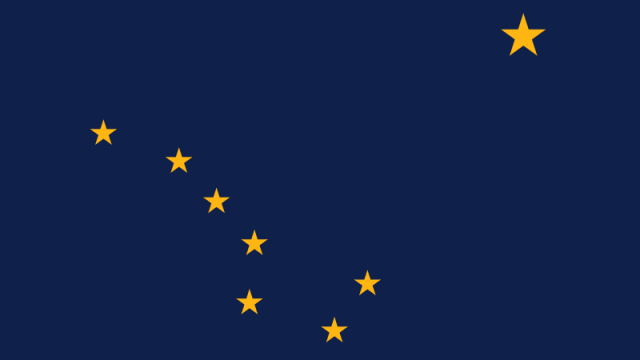We Definitely Should Not Use the Legacy Fund for an Alaska-Style Permanent Dividend

My Sunday print column was about North Dakota’s Legacy Fund, a constitutional amendment initiated by the Legislature and approved by the voters which diverts a hefty chunk of oil tax revenues into a fund which now holds billions of dollars for which there is no defined public purpose.
In my column I argue that it’s time to figure out what we’re doing with all this money, and that one good use would be to invest a portion of the principal into loans made to local governments here in North Dakota for infrastructure projects.
You can click the link above to read my arguments in that vein, but one consistent reaction my column brought (a common reaction any time the Legacy Fund is brought up) is people asking why we can’t use the money for a regular dividend to North Dakota citizens like what the State of Alaska does with its Permanent Fund.
[mks_pullquote align=”right” width=”300″ size=”24″ bg_color=”#ffffff” txt_color=”#000000″]One of these things is the dissemination of revenues generated by public-owned property, the other is taking from one group of people and giving to another.[/mks_pullquote]
This is a terrible idea born of a fundamental misunderstanding of the differences between the two funds.
Alaskans who have lived in that state for one full calendar year get an annual pay out from the Permanent Fund. It’s a not insignificant amount of money. Back in the 1980’s, when I was still a resident, the fund paid out $700 to $800 per year. In 2018 each qualifying resident of that state receives $1,600 (the amount of the payouts has become a hot-button political issue in the state legislature, as you can imagine since we’re literally talking about the state government cutting checks to voters).
I can understand the attraction of creating that sort of a system for North Dakotans, but there is a problem: Alaska’s Permanent Fund is made up of royalties paid to the state by oil companies developing oil and gas resources on public lands. These are akin to the payments private property owners get when mineral rights they own are developed here in North Dakota.
The Legacy Fund, meanwhile, is funded by a tax on oil and gas development.
What the State of Alaska does is collect revenues from oil and gas activity on land owned by the public and distributes some of those revenues to the public. In essence, the citizens are getting revenues from property they, collectively, own.
What North Dakota would be doing, if we made similar disbursements from our Legacy Fund (which, by the way, is about 1/10th the size of the Permanent Fund), is taxing a group of private companies and then redistributing that money to the public at large.
One of these things is the dissemination of revenues generated by public-owned property, the other is taking from one group of people and giving to another.
We can have a debate about the efficacy of policies accomplishing the former, but the latter is inappropriate in a society that values property rights.
Taxes should be used to raise money for specific government purposes. They should not be used as a way to take from one group of people and give to another.
Besides Article X, Section 18 of the state constitution would seem to prohibit the state from just flat-out cutting checks to the public, though our state government seems to spend a lot if time ignoring that particular provision.
By the way, North Dakota also receives royalties from oil and gas development on public land (not to mention leasing surface rights for things like grazing and farming). Those revenues go into the Common Schools Trust Fund which currently has a balance north of $4 billion.




